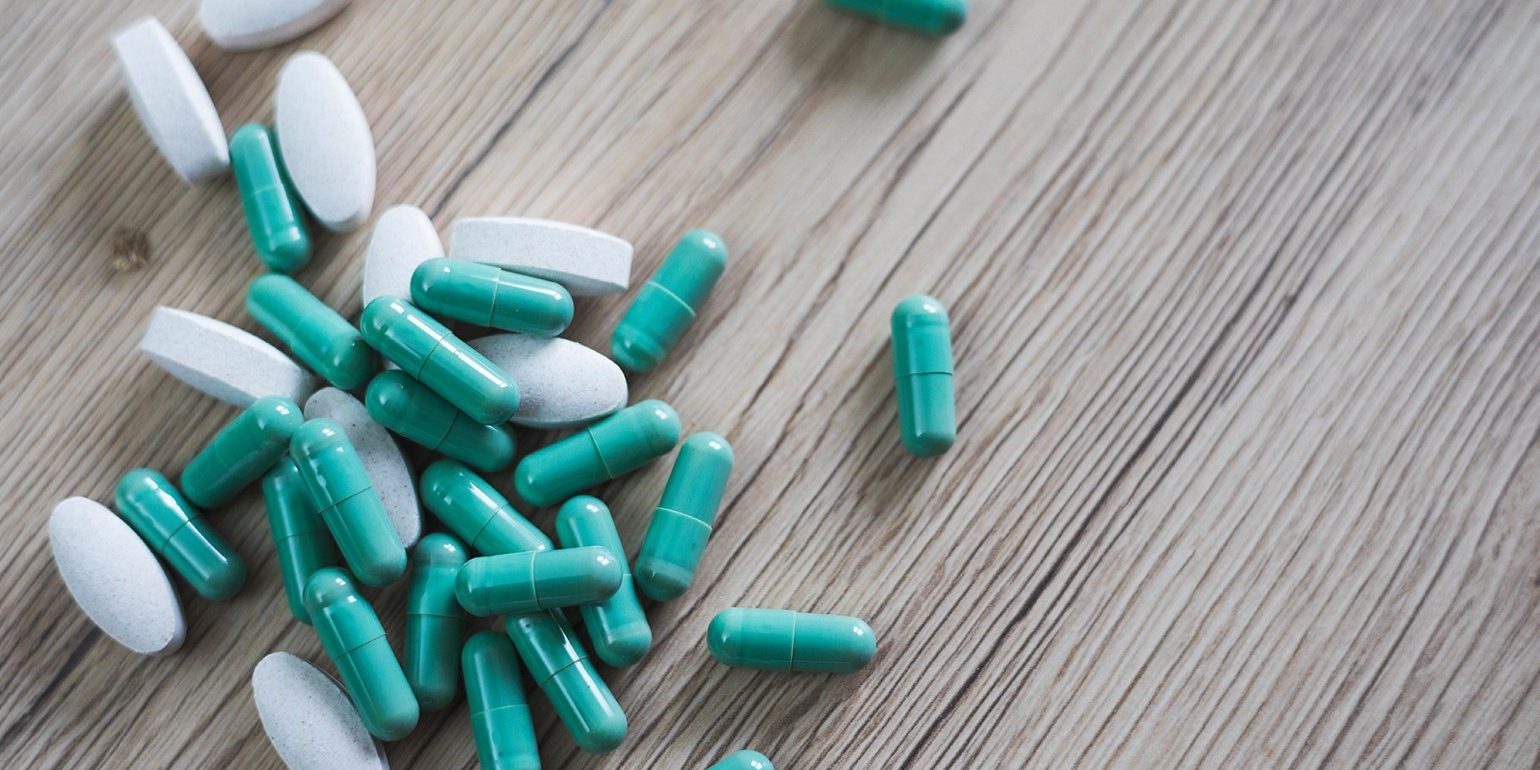'Synbiotic' defined – The impact on brand protection
ISAPP’s efforts to provide language to the probiotic/prebiotic space may aid brands bringing products to market.
The probiotic and prebiotic markets are booming. Emerging science and understanding of the role that the microbiome plays in digestion and other aspects of human health is fueling innovative products and has skyrocketed these ingredient categories to the forefront of the supplement industry.
As such, probiotics have become an integral part of daily life for millions of consumers both in the U.S. and around the world. Mordor Intelligence projects the growth to continue in the U.S. from 2020 to 2025, with an estimated compound annual growth rate (CAGR) of 12%.
With increasing scientific support surrounding both prebiotics and probiotics, consumer interest in products that combine both types of ingredients—for years informally known as a synbiotic—is also growing.
Like any category in the supplement industry, as products gain popularity, they also attract more attention from regulatory bodies, competitors and class action attorneys. This is why definitions of claims matter when it comes to protecting one’s brand. The supplement industry has witnessed firsthand what can happen when a commonly used term does not have, at least to some degree, a widely accepted or legally binding definition. No better example exists than the litany of cases filed over the use of the term “natural.” While it is has not (yet) established a legally binding regulation to define the term, FDA has stated that it considers the term “natural” to mean “that nothing artificial or synthetic (including all color additives regardless of source) has been included in, or has been added to, a food that would not normally be expected to be in that food.
Despite this, FDA’s informal guidance has provided little help when it comes to actual litigation involving the term “natural.” What is considered “artificial,” “synthetic” or “normally expected to be in that food” has been left to the courts to decide. On top of the ambiguity in FDA’s informal definition, FDA further convoluted the term’s interpretation by not considering agricultural or manufacturing practices when construing this term.
This is why the announcement by the International Scientific Association for Prebiotic and Probiotics (ISAPP) that it has established a definition for the term “synbiotic” is important news in the industry. The well-respected ISAPP panel that came up with the definition consisted of 11 members with varying backgrounds, including microbiology, microbial ecology, gastrointestinal (GI) physiology, immunology, food science, nutritional biochemistry and host metabolism. The definition the panel agreed to and officially published in 2020 in Nature Reviews: Gastroenterology & Hepatology defines synbiotic as, “A mixture, comprising live microorganisms and substrate(s) selectively utilized by host microorganisms, that confers a health benefit on the host.” (doi.org/10.1038/s41575-020-0344-2)
The ISAPP panel also concluded that “host microorganisms,” in this context, would include both microorganisms resident to or colonizing the host, and also microorganisms externally administered, like probiotic dietary supplements. The panel decided to break it down one step further, defining the terms “complementary” and “synergistic” as two subcategories of synbiotics. A complementary synbiotic “comprises a probiotic plus a prebiotic (more than one of each can be used), working independently to achieve one or more health benefits.” A synergistic synbiotic “is composed of a live microorganism and a selectively utilized substrate. These components are designed to work together, with the substrate being selectively utilized by the co-administered microorganism.”
A key distinction between the two is that the components of a complementary synbiotic must meet the definition in the publication outlined for “probiotic” and “prebiotic,” while the components of a synergistic probiotic do not.
Brand implications
Depending on where a brand’s synbiotic product is on its journey to market, the aforementioned definitions may invoke smiles or frowns. For those in the midst of formulating and bringing a product to market, these definitions provide guidance and may offer some protection for a synbiotic claim. Assuming a product meets the definition of synbiotic previously outlined, if challenged on whether the product is synbiotic—while certainly not legally binding on a court or regulatory body—these new definitions could help provide a defense. ISAPP is a well-respected organization in the sector and its positions hold significant weight across the industry.
On the flip side, if a brand currently has a product on the market that does not meet these definitions, the announcement may bring some concern, as this potentially opens up the brand to attack—and may lead to discontinuation of the claim and/or reformulation of the product to avert advertising scrutiny.
From a consumer standpoint, considering the emerging science connecting gut flora and the immune system, in addition to digestive benefits, consumer interest in probiotic, prebiotic and synbiotic products is unlikely to wane. The lingering effects of the COVID-19 global pandemic, both physical and emotional, will keep the focus on the importance of maintaining a well-functioning immune system, and gut health products will no doubt be at the forefront of consumers’ minds over the next few years.
For brands apprehensive about making a synbiotic claim due to the lack of an accepted definition, this may provide comfort to move forward with the claim in marketing a product; or perhaps these definitions now force others to reevaluate their products already on the market. Regardless, the information and definitions provided by ISAPP in relation to synbiotic claims should help brands better make sound decisions.
With a background in both biology and chemistry, Amit advises on laws and related legal strategies for companies in the food, beverage, supplement, drug and cosmetic industries. Amit reviews product labels and packaging for compliance and advises on claim substantiation for websites and other advertising such as social media, print, radio, television and internet. He primarily helps clients with compliance and disputes before the FDA, FTC, USDA, NAD and Customs.
Credit : www.naturalproductsinsider.com

